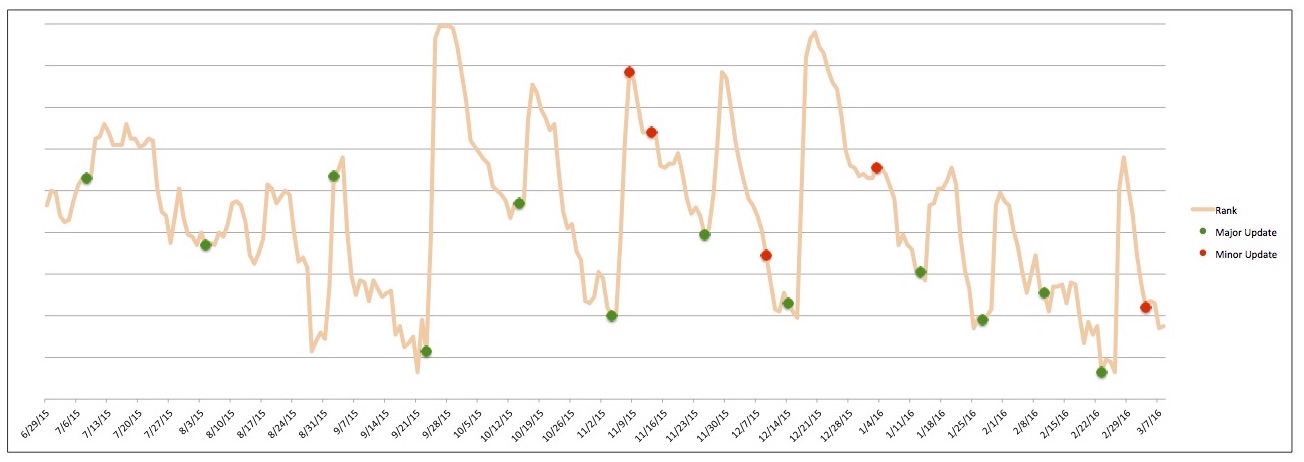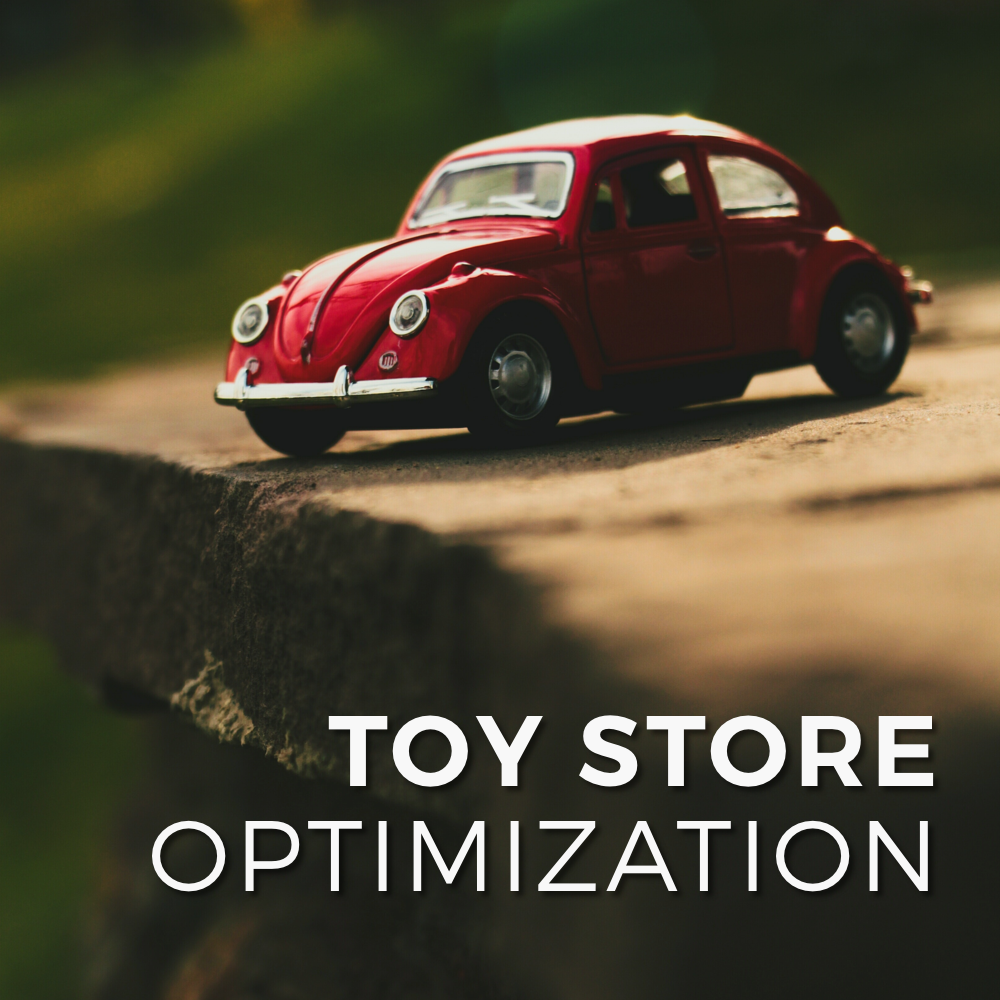I was at a toy store a few weeks ago shopping for a gift for my nephew, when I realized toy stores are a lot like the app stores. The shelves are stocked with toys the retailer is trying to sell. Most toy stores don’t necessarily manufacture the toys they sell, so it’s important for them to present the best selling toys to their customers, in an impartial way.
Instead of aisles filled with toys, the app stores allow users to find apps via the search function and categories. When users are searching for apps, it’s also important for app stores to show the best selling apps to their customers.
All of the app stores have complex algorithms allowing apps to be found via their respective search function, everyone knows that. Like a toy store, app stores are a for-profit business with the goal being to provide users (shoppers) with the best possible experience by enabling them to find the best product. In order to do so, each store has search algorithms, built to display apps most relevant to what the user is looking for. If a user searches for “fun games” and is shown a list of old, poorly rated, low quality apps, they’re not going to be happy. This is bad business for the store.
App Quality
ASO requires a high quality app. If your app is poorly rated, or poorly made, don’t waste your time with ASO, work on improving your app. Again, think of it from the app store’s point of view. Users are looking to download and potentially spend money on apps, so it’s in the best interest of the app stores to show users highly rated, and high quality apps that will earn the store money. Low quality apps rarely experience benefits from ASO.
Updates, Reviews, Usage and Re-Engagement
All four of these factors are connected in a unique way. Let’s break down each one individually:
Reviews: Quite literally, do users like the app? The app stores look at ratings as a major point in their algorithms. Would a toy store continue to stock a toy that kids don’t like? Probably not.
Updates: Kids like new toys, and very few toys have stood the test of time. Does any kid in 2016 want an original Xbox? Of course not, they want the latest and greatest Xbox. Like any toy, or app, it’s important to improve upon your product, and keep up with the demands of your users. App developers should always be pushing forward, as a stagnant app is sure to be overtaken by new competitors.
Usage and Re-Engagement: Are kids playing with the toys once they buy it? Do they return to buy more of those toys? Think of Legos, once kids buy a set, they inevitably return to buy more and more! Toy stores make sure they have prominent displays of Legos, and make them easy to find for other shoppers. This is exactly what the app stores do with apps that have high re-engagement. Are users actually using the apps, and keeping it on their devices?
So how are these factors linked to ASO?
We conducted extensive research on how these factors were connected and came up with the following results. Using the example of an extremely popular game in the App Store, we looked at a 9 month time span of updates, the “type” of update, and how that impacted their category rankings.
The red points on the graph are what we refer to as “minor” updates. These updates were “bug fixes” or small “non-enthusiastic” updates. The green points were “major” updates where new characters, new levels, or other major changes were introduced.
The orange line represents the app ranking in their respective category (higher on the chart equates to a better ranking). As you can see below, the green points are mostly positioned in “valleys” whereby after the update, the ranking spiked. The red points are mostly on “peaks” where the ranking dropped after the update.

The Conclusion
Introducing new features, or major updates as a whole, can drive users back into the app (re-engagement), enticing them to voice their opinion (reviews), and improving your app (app quality).
When it comes to ASO, a lot of things can often be overlooked. Most developers think ASO is purely text-based (keywords, description, title, etc…), but in reality, we should think about the app stores like we do a toy store, or any other retailer for that matter. The goal is to provide the highest quality, most well liked product to your customers. When you start with that foundation, achieving success in other areas becomes a lot easier.
ASO Tip of the Month: Category selection is crucial to reaching your users, and can provide additional visibility. Recently, Twitter switched their category from “Social Networking” to “News”. In the Social Networking category, they were behind other popular apps, but in the News category, they’re ranked first!
Ready to apply this knowledge to your app? Contact us today.





